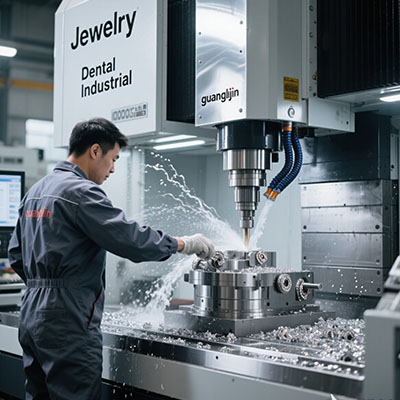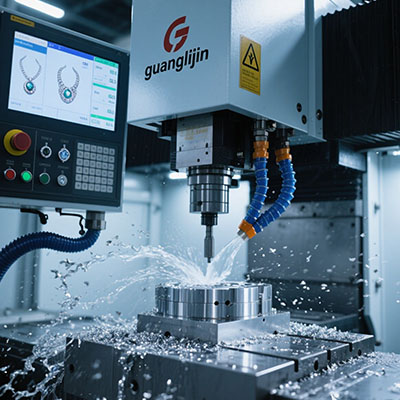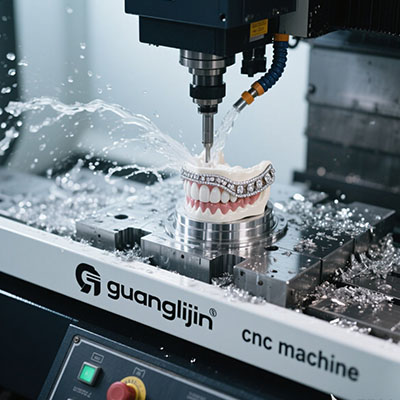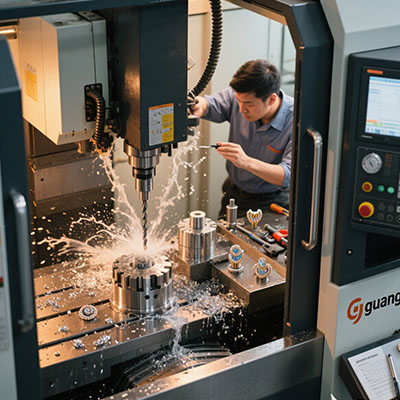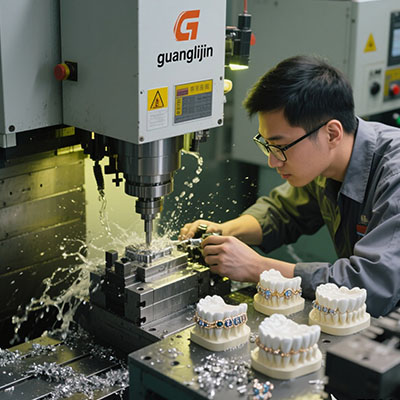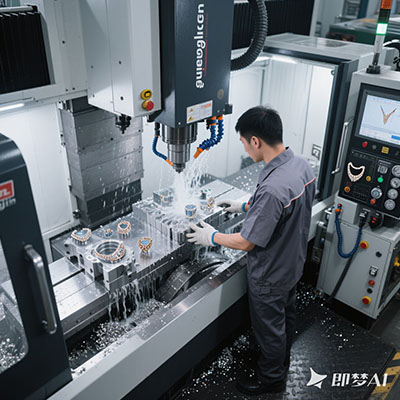What Is CNC Turning Machine & How It Works: The Complete 2025 Guide
The Digital Evolution of Traditional Lathes
A CNC turning machine is a computer-controlled lathe that automates the process of shaping rotating workpieces. These precision systems now achieve tolerances up to 0.005mm – 10 times more accurate than manual lathes (Source: Manufacturing Engineering Magazine, 2025). Surprisingly, modern CNC lathes can perform multiple operations without human intervention.
Our engineering team witnessed this capability in 2025 when we programmed a CNC turning center to produce complex hydraulic fittings. The machine completed turning, grooving, and threading in one setup – reducing production time by 65%.
Core Components That Make It Work
Every CNC turning center contains three essential systems: the control unit, spindle assembly, and tool turret. Interestingly, the turret can hold 8-20 different tools, automatically switching between them in seconds.
⚠ Warning: Never operate a CNC lathe without proper training. The combination of rotating parts and automatic tool changes requires strict safety protocols.
CNC Turning vs. Conventional Turning
| Feature | Manual Turning | CNC Turning Machine |
|---|---|---|
| Accuracy | ±0.1mm | ±0.005mm |
| Production Speed | Slow | 100-500 parts/hour |
| Operator Skill | Highly skilled | Basic training |
| Complexity | Limited | 3D contours possible |
How CNC Turning Works: 5 Key Steps
- Workpiece Mounting: The raw material is securely clamped in the chuck or between centers
- Tool Selection: Appropriate cutting tools are loaded into the turret positions
- Program Loading: The CNC program containing toolpaths is loaded into the control
- Machining Cycle: The machine automatically performs all turning operations
- Part Removal: Completed parts are unloaded, often via automated systems
3 Common CNC Turning Misunderstandings
1. “CNC means no human needed”: Skilled technicians remain essential for programming and quality control
2. “Only for mass production”: Modern CNC lathes efficiently produce single prototypes
3. “Too complex for small shops”: User-friendly CNC turning centers are now affordable for SMEs
Case Study: Automotive Driveshaft Production
A transmission manufacturer achieved remarkable results:
- 0.003mm diameter consistency
- 70% faster than manual turning
- 99.5% material utilization
- 24/7 unmanned operation
CNC Turning Machine Checklist
□ Verified spindle speed range
□ Confirmed maximum part diameter
□ Evaluated tool turret capacity
□ Checked control system features
□ Assessed automation options
Frequently Asked Questions
What materials can a CNC turning machine process?
CNC lathes handle virtually all machinable materials including metals, plastics, and composites – from aluminum to titanium.
How does CNC turning differ from CNC milling?
Turning rotates the workpiece against stationary tools, while milling moves rotating tools against a stationary workpiece.
What’s the learning curve for CNC turning operation?
Basic operation takes 2-4 weeks, while advanced programming requires 3-6 months experience with CNC turning equipment.
Can CNC turning machines create complex geometries?
Yes! Modern CNC lathes with live tooling can produce complex parts with milled features and drilled holes.
